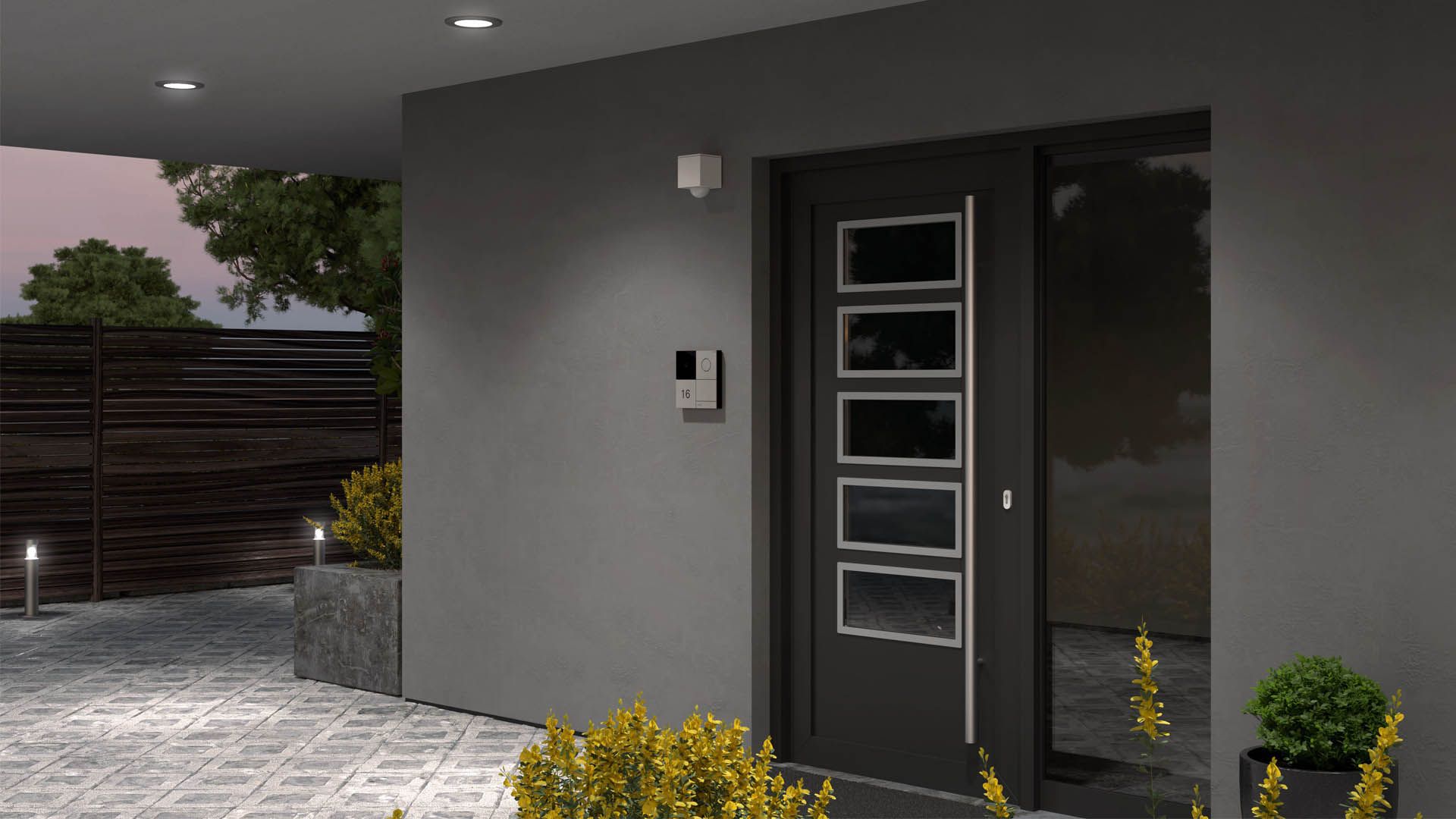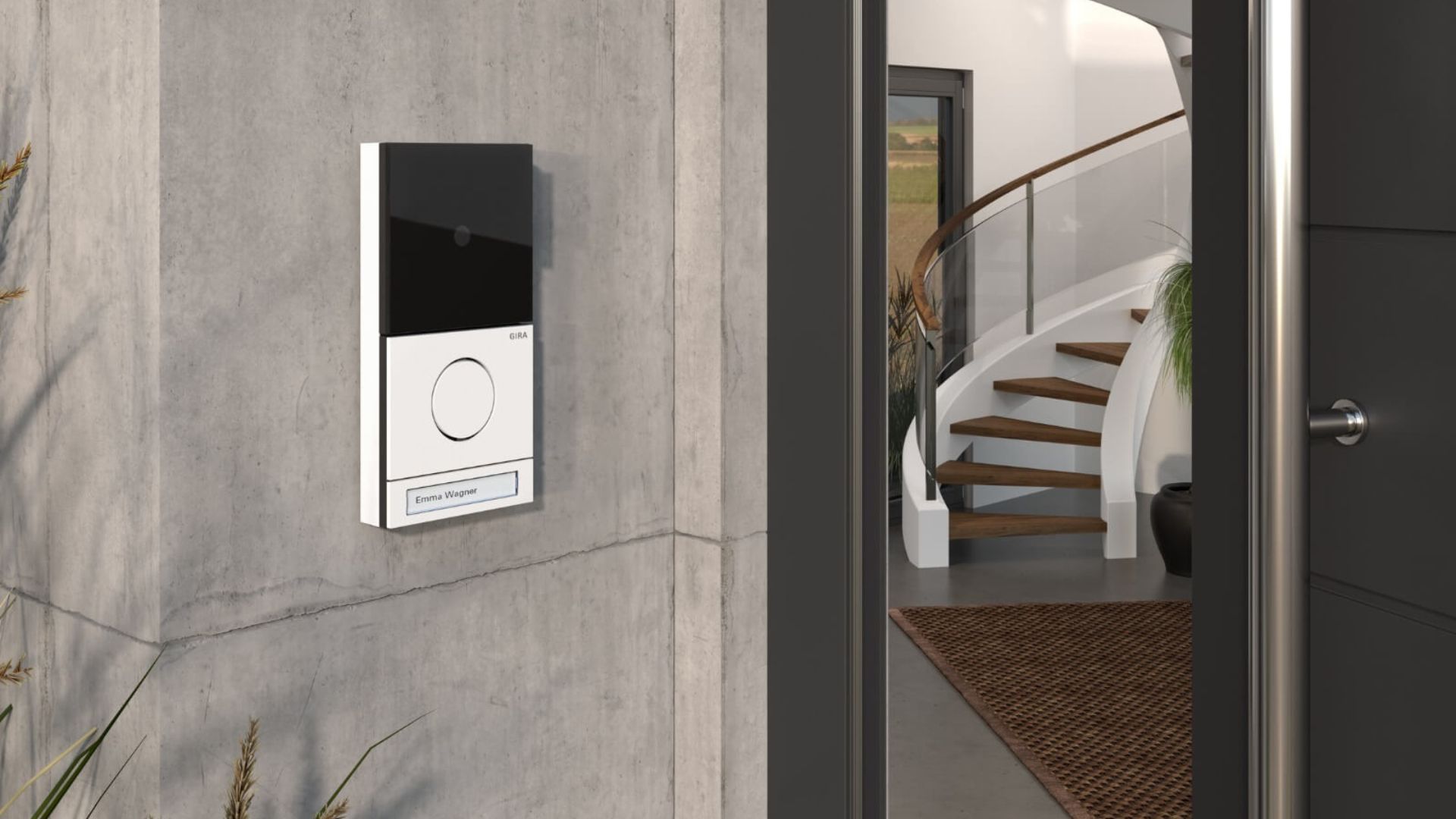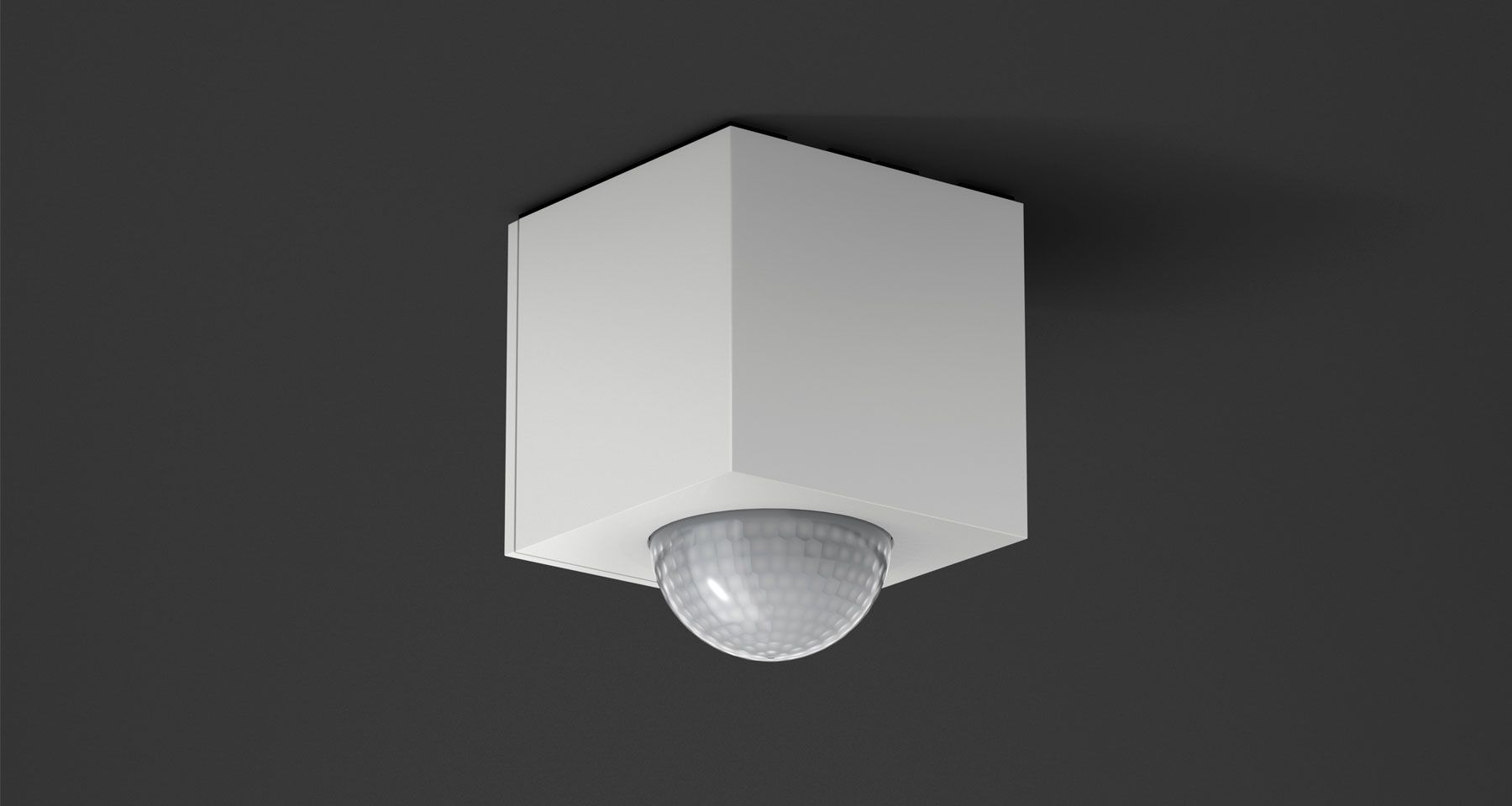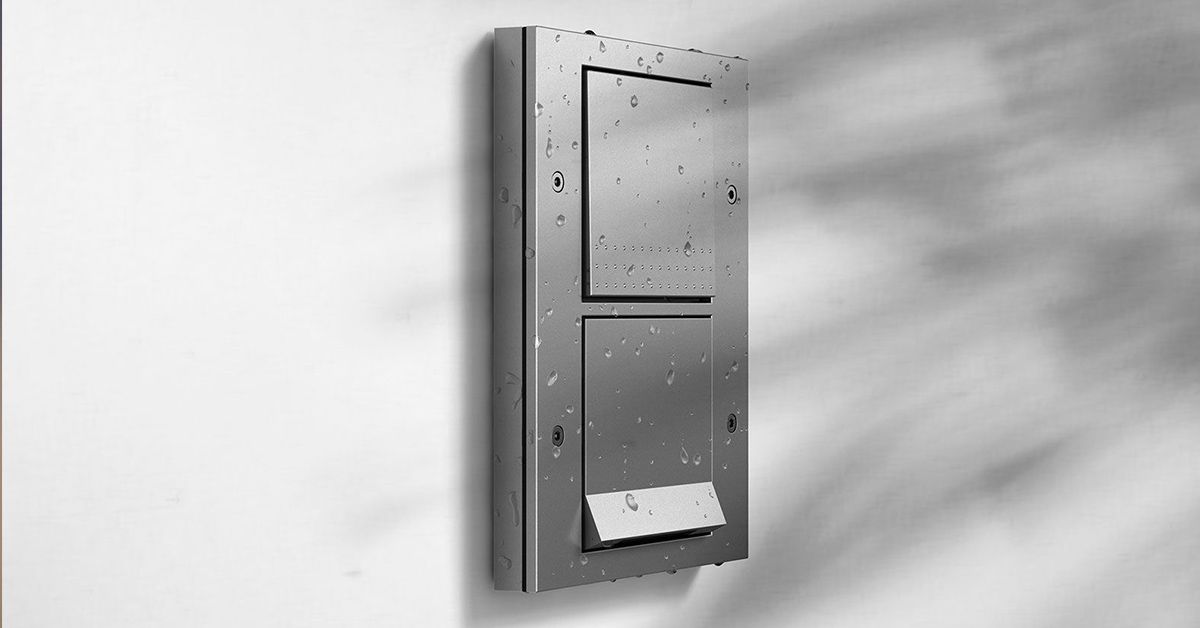
The main entrance of your home serves several purposes at once. It should invite welcome guests in, keep intruders out, insulate your house, and blend in neatly with the facade. So, how do you find a model that fits all these criteria? Here’s what you should consider when looking for a new front door.
Entryways function as the intersection between inside and outside. More precisely, they define where the public space ends and your private sphere begins. That’s why modern front doors not only have to look good – they must also meet the highest quality and safety standards.
Guidelines for installing a modern entry door
Exterior doors play a major role in regulating indoor temperatures. The better the insulation, the less you will spend on heating and air conditioning during the summer. Today, new builds or extensive renovations are subject to strict regulations in terms of energy efficiency. The specific guidelines may vary, depending on where you live.
But the most important parameter is always the so-called heat transfer co-efficient, also known as U-value.
This value indicates to what degree elements of a building's fabric work as insulators. In other words: it measures how effectively they can prevent heat from transmitting between the interior and exterior of a building. In the United Kingdom, for example, all modern front doors and windows must have a U-value of 1.8 W/m²K or less. If the U-value exceeds that maximum, your energy expenditure will be disproportionately high. A well-insulated door thus helps you save money and protect the environment at the same time.
Contemporary front doors to keep intruders away
If someone tries to break into a house, they will likely tackle the main entrance first. Your front door should therefore welcome guests as much as safeguard your house against unwanted visitors. In that regard, you need to look out for the resistance class. The European standard EN1627 differentiates between six classes in total, ranging from RC1 to RC6. RC1 means that a door can only withstand physical force without the use of additional tools. Modern front doors normally meet the standard of RC2 or RC3, so it will take between three and five minutes to pry them open with the help of small tools. To prevent burglaries even more reliably, you can opt for a model with the resistance class RC6. In that case, intruders would have to apply electric tools such as drilling machines for at least 20 minutes before the door gives in.
This level of security is ensured by several factors:
If someone tries to break into a house, they will likely tackle the main entrance first. Your front door should therefore welcome guests as much as safeguard your house against unwanted visitors. In that regard, you need to look out for the resistance class. The European standard EN1627 differentiates between six classes in total, ranging from RC1 to RC6. RC1 means that a door can only withstand physical force without the use of additional tools. Modern front doors normally meet the standard of RC2 or RC3, so it will take between three and five minutes to pry them open with the help of small tools. To prevent burglaries even more reliably, you can opt for a model with the resistance class RC6. In that case, intruders would have to apply electric tools such as drilling machines for at least 20 minutes before the door gives in.
This level of security is ensured by several factors:
door hinges with an interlocking safety mechanism
metal fittings, cylindrical locks, and multipoint locking systems
laminated safety glass with multiple panes and an integrated plastic sheet to prevent access even when the glass has been shattered
Many high-security front doors are furthermore equipped with keyless locks. Gira Keyless In, for example, allows you to let yourself in through a personal code. The smart device reacts to the slightest touch, making sure that often-used buttons won’t show any signs of wear-and-tear (and thereby offer hints at your code). Alternatively, it is also possible to open the door via fingerprint.
Tip: Side doors and cellar entries are oftentimes hidden from view and therefore hard to monitor. Smart lighting systems offer a practical solution to that problem. The Gira motion detector Cube reacts to thermal movement and switches on whenever a person passes by in the dark
This will scare most burglars away quickly. Apart from protecting your home, the Cube also makes for a neat design statement at the entrance.
Smart communication with modern entry doors
Of course, giving your friends and family a warm welcome is just as important as protecting your home from strangers. A smart door intercom such as Gira System 106 can be customised according to your individual needs – complete with a door bell, camera, illuminated name plates, and your street number.
Whenever there is a visitor at the entrance, the Gira video home station 7 will show them on its 7” display. This way, you can see who’s ringing your bell even before opening the door. Your guests have arrived earlier than expected or a package is being delivered while you’re not at home? Thanks to the Gira DCS mobile app, you can control a modern front door from anywhere. All you need to talk to visitors or unlock the door is your smartphone.
The best materials for modern front door designs
The most common options for outer doors are plastic, wood, and aluminium (whereas the latter is usually most expensive). You can also combine different materials and buy a model with glass elements, for instance. Beyond that, there’s a variety of colours and designs to choose from – so you will certainly find a modern front door that suits your personal style.
Recommended materials and their benefits
Front doors made from plastic are particularly easy-care. Since plastic can deform over time, a steel core serves to stabilise the construction. A thermal filling ensures the necessary insulation. Compared to wood and aluminium, the protection against outside noise and burglars is less efficient.
Modern wooden front doors made from pine, oak, meranti, or mahagoni stand out with their high-quality finish. They are robust and well insulated against noise and heat loss. However, natural materials are also less easy to maintain. We recommend opting for a manufacturer that uses timber from sustainable forestry.
Aluminium-based front doors are robust, lighweight, weatherproof, and almost maintenance-free. Moreover, they come in various designs to match any kind of facade. The downside: aluminium itself is a rather poor insulator, which makes the construction more elaborate and consequently more expensive.
Glass elements in the door leaf or skylights help to brighten up the doorway inside. At the same time, multiple glazing and laminated glass provide an extra layer of protection against heat loss and burglaries.
Strong insulation, high security, smart technology, and high-quality materials: a modern front door should meet all these requirements. But the most important question is whether it has everything you need in everyday life. Before making a purchase, you should always think about your own priorities. Once you have figured out what you want, it will be a lot easier to find the right solution for your home.



